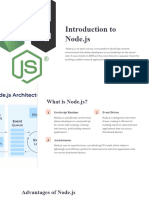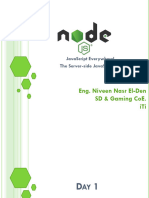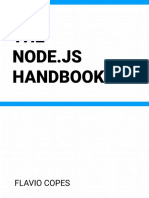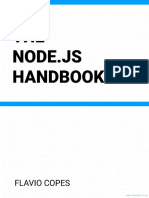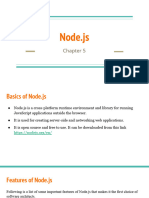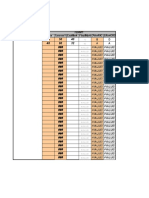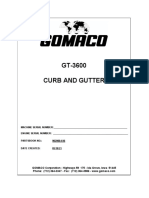0% found this document useful (0 votes)
56 views23 pagesNode Js
Node.js is an open-source, cross-platform JavaScript runtime environment developed by Ryan Dahl in 2009, designed for creating server-side web applications. It operates on a single-threaded, event-driven architecture, allowing for efficient handling of multiple concurrent operations and is ideal for data-intensive applications. Node.js is not a programming language but a runtime environment that extends JavaScript capabilities with additional features for server-side development.
Uploaded by
sajjalmandana661Copyright
© © All Rights Reserved
We take content rights seriously. If you suspect this is your content, claim it here.
Available Formats
Download as PPTX, PDF, TXT or read online on Scribd
0% found this document useful (0 votes)
56 views23 pagesNode Js
Node.js is an open-source, cross-platform JavaScript runtime environment developed by Ryan Dahl in 2009, designed for creating server-side web applications. It operates on a single-threaded, event-driven architecture, allowing for efficient handling of multiple concurrent operations and is ideal for data-intensive applications. Node.js is not a programming language but a runtime environment that extends JavaScript capabilities with additional features for server-side development.
Uploaded by
sajjalmandana661Copyright
© © All Rights Reserved
We take content rights seriously. If you suspect this is your content, claim it here.
Available Formats
Download as PPTX, PDF, TXT or read online on Scribd
/ 23


